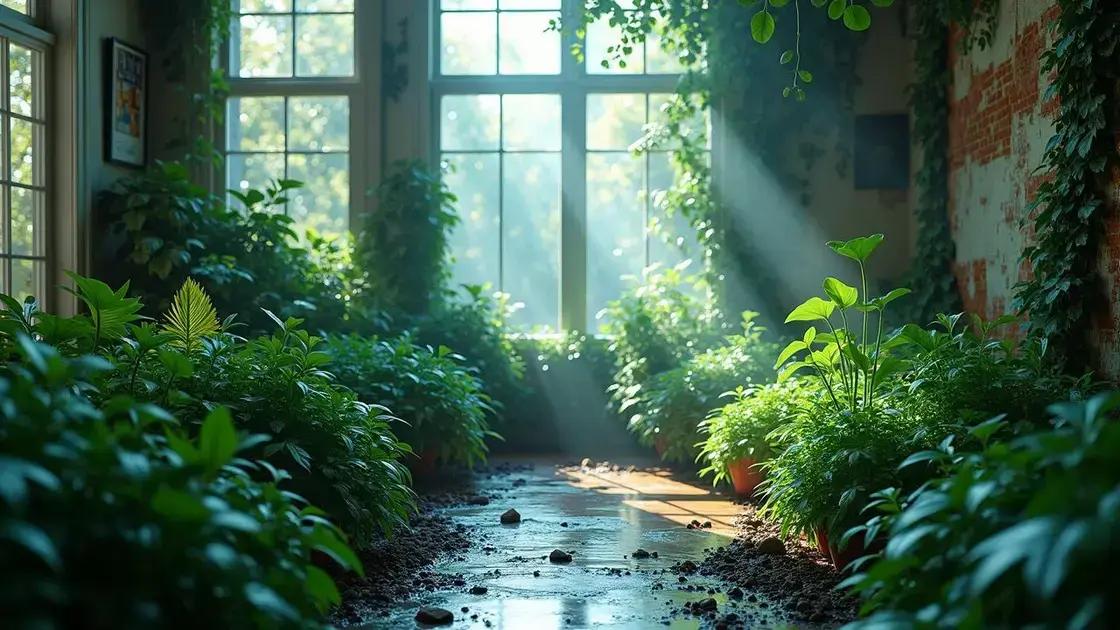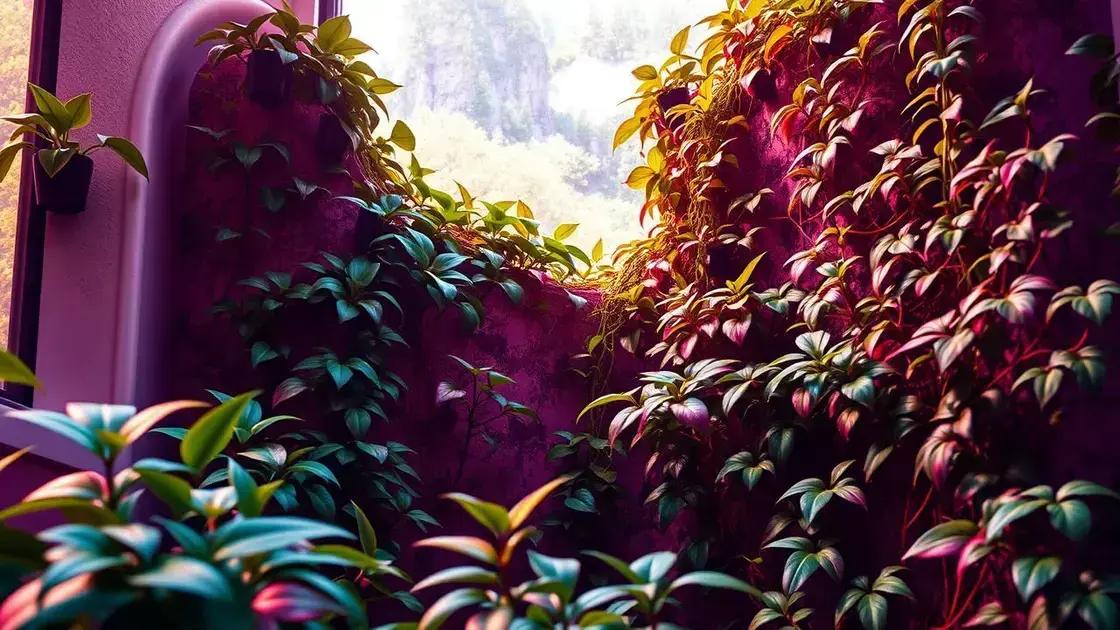How to Care for Indoor Ivy Plants: 7 Essential Tips for Thriving Greens
How to care for indoor ivy plants can be a rewarding journey filled with greenery and life. These lush climbers not only beautify our spaces but also purify the air we breathe. To keep these green wonders flourishing, it’s essential to understand their specific needs and what makes them thrive indoors. Let’s delve into the key aspects of indoor ivy care that every plant enthusiast should know.
Table of Contents
ToggleUnderstanding ivy plant light requirements
Understanding ivy plant light requirements is crucial for keeping your indoor plants vibrant and healthy.
Ivy plants thrive in bright, indirect light but can tolerate lower light conditions, making them suitable for various indoor spaces.
Here are some key points to consider when it comes to light requirements for your ivy:
- **Bright indirect light**: Ivy plants do best when they receive 6-8 hours of bright, indirect sunlight daily.
- **Low light conditions**: They can survive in lower light, but growth may slow down, and the leaves may lose their rich color.
- **Direct sunlight**: Avoid exposing ivy plants to direct sunlight, as it can scorch their leaves and cause damage.
To ensure your ivy receives the right amount of light, consider these steps:
- **Windowsill placement**: Position your ivy near east or west-facing windows to provide optimal lighting conditions.
- **Rotate the plant**: Rotate the pot every few weeks to promote even growth and prevent leaning toward the light source.
- **Light supplements**: If natural light is insufficient, use grow lights to enhance lighting conditions, particularly during the winter months.
Additionally, assess the overall health of your ivy plants regularly. Yellowing leaves may indicate too much direct sunlight, while leggy growth suggests they may not be receiving enough light. By monitoring these signs, you can adjust your plant’s location or lighting conditions accordingly.
Overall, understanding the light requirements of your ivy contributes significantly to successful indoor gardening. For more tips and insights, consider exploring indoor gardening techniques.
Essential watering tips for indoor ivy plants

Essential watering tips for indoor ivy plants are vital for maintaining their lush green appearance and overall health.
Proper watering techniques can significantly impact the growth and vitality of your ivy. Here’s a guide on how to ensure your plants receive the right amount of moisture:
Understanding ivy’s watering needs
Ivy plants prefer to be evenly moist but not waterlogged. Here are some tips for understanding their specific watering requirements:
- **Soil type matters**: Use well-draining soil to prevent root rot.
- **Check the top inch**: Water when the top inch of the soil feels dry to the touch.
- **Consistency is key**: Ivy prefers consistent moisture rather than fluctuating between dry and soggy conditions.
Steps for effective watering
To keep your ivy thriving, follow these simple steps:
- **Use room temperature water**: Cold water can shock the plant.
- **Water thoroughly**: Ensure water flows out of the pot’s drainage holes.
- **Avoid standing water**: Empty the saucer underneath the pot if water collects there.
Signs of overwatering and underwatering
Be vigilant for signs that your ivy may not be receiving the right amount of water:
- Overwatering: Yellowing leaves or root rot.
- Underwatering: Wilting leaves and crispy edges.
Adjust your watering schedule based on these indicators. If unsure, it’s always better to underwater than overwater, as ivy can bounce back from a lack of moisture.
For those new to plant care, consider exploring indoor gardening techniques to further enhance your gardening skills.
Best soil and fertilizer for thriving ivy
Best soil and fertilizer for thriving ivy is essential for nurturing these beautiful indoor plants.
Choosing the right potting mix and fertilizer is crucial for ensuring the health and growth of your ivy. Here’s what you need to know:
Optimal soil characteristics for ivy plants
When selecting soil for your ivy, consider the following characteristics:
- **Well-draining**: Make sure the soil allows excess water to escape to prevent root rot.
- **Lightweight**: A lighter mix promotes healthy root development and prevents compacting.
- **Nutrient-rich**: Look for soil that contains organic matter for enhanced nutrition.
Recommended potting mixtures
Here are some excellent options for potting soil:
- **Peat-based mix**: Offers good moisture retention and drainage.
- **Coconut coir**: Sustainable option that provides aeration and holds moisture.
- **Commercial indoor plant mix**: Preferred choices often formulated specifically for indoor plants.
Fertilizing your ivy plants
Regular fertilization supports healthy growth during the growing season. Consider these tips:
- **Frequency**: Fertilize every 4-6 weeks during spring and summer for optimal growth.
- **Type of fertilizer**: Use a balanced liquid fertilizer or a slow-release option, following label instructions for application.
- **Dilution**: Always dilute your fertilizer to prevent burning the roots.
Remember to monitor your ivy’s response to different fertilizers and adjust accordingly based on growth and appearance.
For deeper insights into choosing the best soil, consider exploring indoor gardening techniques for even better plant care practices.
In conclusion
Caring for indoor ivy plants requires attention to light, watering, soil, and fertilization to ensure they thrive. By following the essential tips outlined in this guide, you can create a nurturing environment for your ivy, allowing your greenery to flourish. Remember to regularly assess the conditions your plants are in and adjust their care as needed. For more tips on enhancing your indoor garden, feel free to explore additional resources that can further support your indoor gardening journey.

